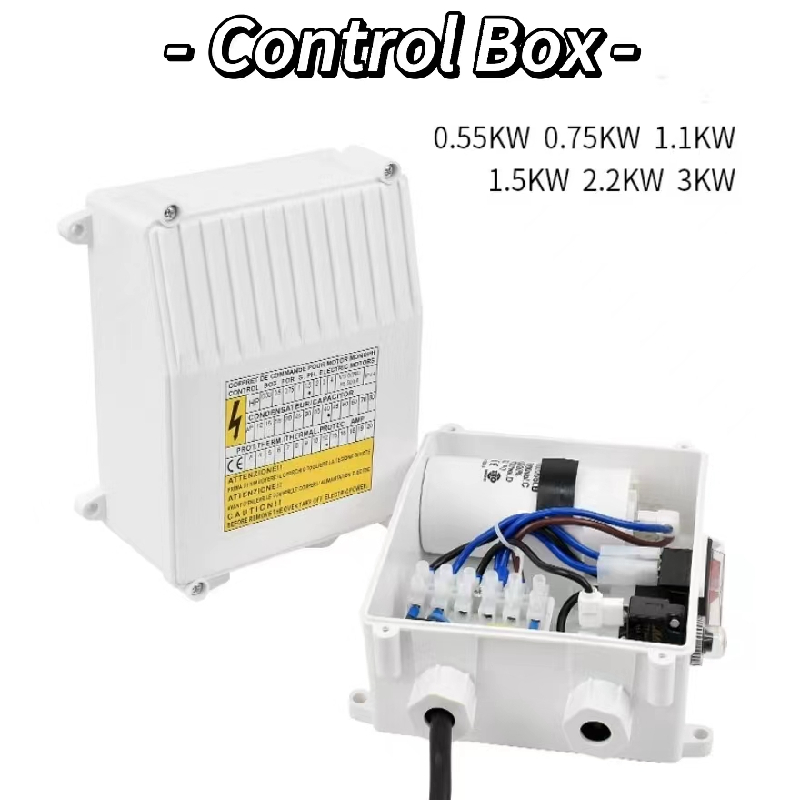How to Use Amalgamating Tape A Comprehensive Guide
Amalgamating tape, often referred to as self-fusing or self-amalgamating tape, is a versatile insulating material commonly utilized in electrical, plumbing, and automotive applications. It is made from a blend of rubber and silicone, allowing it to bond to itself when stretched and wrapped properly. Unlike traditional tapes, amalgamating tape requires no adhesive; instead, it relies on its unique properties to create a strong, durable seal. In this guide, we will explore how to effectively use amalgamating tape, focusing on its preparation, application, and benefits.
Preparation
Before using amalgamating tape, it’s essential to prepare the surface and gather the necessary tools. Here’s what you need to do
1. Clean the Surface Ensure that the surface to which you’ll apply the tape is clean and dry. Remove any dirt, grease, or moisture that could interfere with the tape's adhesion. For electrical applications, turn off power to the area to avoid accidents.
2. Cut the Tape While amalgamating tape adheres to itself, it is crucial to have the right length. Cut a sufficient length of tape based on the size and shape of the area you're working on. A general rule of thumb is to cut more than you think you’ll need, as overlapping layers facilitate a stronger bond.
Application
Applying amalgamating tape is relatively straightforward, but it requires attention to detail for it to perform effectively. Follow these steps for application
1. Start at One End Begin at one end of the surface you are sealing or repairing. Position the tape edge so that it overlaps the area needing insulation or protection, ensuring that the initial contact point is on clean, dry material.
2. Stretch and Wrap As you wrap the tape around the surface, stretch it slightly to create tension. The key to a successful application lies in this stretching — it allows the tape to fuse to itself and creates a tighter seal. Overlap each layer by at least half the width of the tape for optimal coverage.
how to use amalgamating tape

3. Finish and Trim Once you reach the starting point, make sure to press the tape down firmly to ensure it adheres to itself completely. Trim any excess tape using scissors or a utility knife, being careful not to cut into the underlying material.
Benefits
Amalgamating tape offers an array of advantages that make it a preferred choice for various applications
- Versatility It can be used on electrical wires, plumbing pipes, and even automotive components, making it a go-to option for both professionals and DIY enthusiasts.
- Weather Resistance The tape is resistant to moisture, UV rays, and extreme temperatures, making it suitable for both indoor and outdoor applications.
- Electrical Insulation It provides excellent electrical insulation, making it ideal for protecting exposed wires and connections.
- Ease of Use With no need for adhesives, amalgamating tape is easy to apply and remove, and it does not leave sticky residue behind.
Conclusion
Using amalgamating tape is an effective way to achieve a durable, airtight, and moisture-resistant seal without the complications associated with traditional adhesive tapes. By following the preparation and application steps outlined in this guide, you can ensure that your repairs and installations are both efficient and long-lasting. Whether for a small home repair or a more extensive electrical project, amalgamating tape is a reliable tool to have in your arsenal.
-
XIANGFAN Rubber Tape-Ultimate Solutions for All Your Insulation NeedsNewsJun.24,2025
-
XIANGFAN Rubber Tape-Protection for Industrial and Residential ApplicationsNewsJun.24,2025
-
XIANGFAN Rubber Tape: Superior Safety and Sealing for Demanding EnvironmentsNewsJun.24,2025
-
XIANGFAN Rubber Tape: Reliable Solutions for Every Electrical ChallengeNewsJun.24,2025
-
XIANGFAN Electrical & Industrial Tape: Powering Reliability Across IndustriesNewsJun.24,2025
-
XIANGFAN Electrical & Industrial Tape: Excellence in Every ApplicationNewsJun.24,2025
